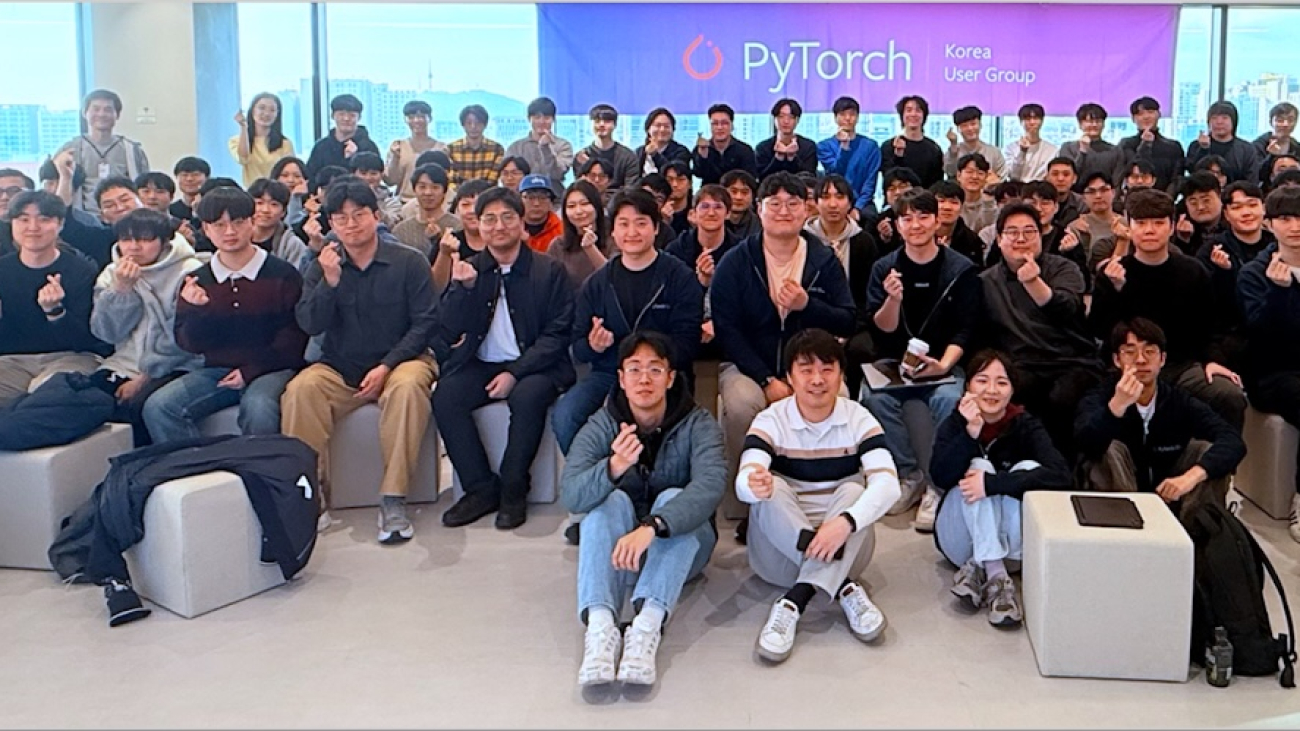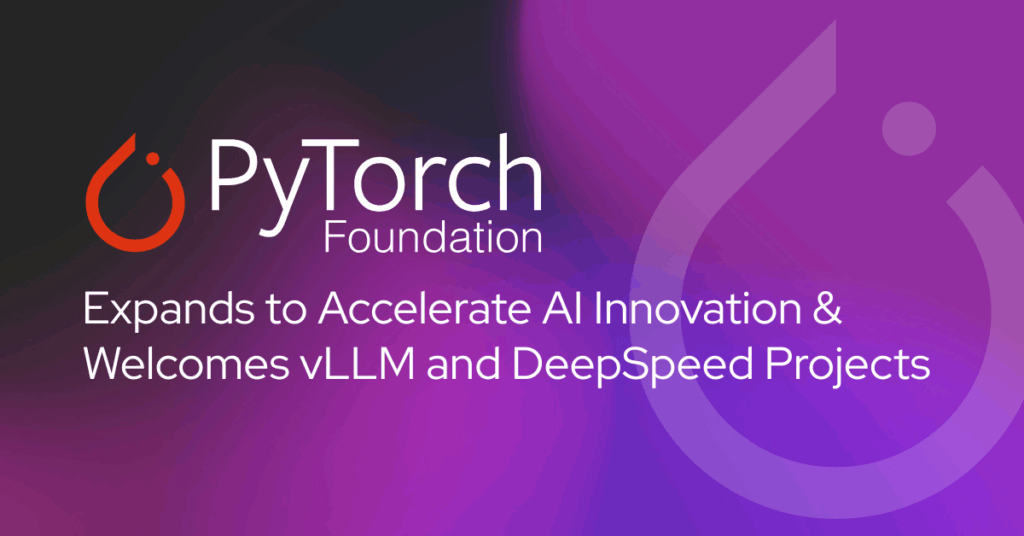
Expanded Foundation will Provide a Trusted and Vendor-Neutral Home for High-Impact and Innovative Open Source AI Projects
PyTorch Day France, Paris, France – May 7, 2025 – The PyTorch Foundation, a community-driven hub for open source AI, today announced its expansion into an umbrella foundation. As part of this milestone, two leading open source AI projects—vLLM and DeepSpeed—have been accepted into the foundation by the Technical Advisory Council. This expansion positions the PyTorch Foundation as the trusted home for a broad range of community-driven AI projects spanning the entire AI lifecycle—from training and inference and domain-specific applications to agentic frameworks.
As artificial intelligence becomes a critical driver of global innovation and competitive advantage, enterprises are under pressure to adopt scalable, secure, and future-focused AI solutions. With global GenAI spending forecasted to hit $644 billion this year, and demand growing for open source AI alternatives, the PyTorch Foundation is positioning itself as a vendor-neutral home for trusted and innovative new AI projects. The foundation will support the development of the next generation of open source AI tooling, ensuring interoperability, reducing vendor lock-in, and enabling faster integration of trusted, production-grade technologies. With transparent governance and broad industry collaboration, the PyTorch Foundation is playing a crucial role in shaping the infrastructure enterprises rely on to build and deploy responsible AI at scale.
“This is an exciting new chapter for the PyTorch Foundation and the broader open source AI ecosystem,” said Matt White, Executive Director of the PyTorch Foundation. “By transitioning to an umbrella foundation, we’re not only formalizing the momentum we’ve built across the PyTorch ecosystem—we’re creating space for new projects and innovators to thrive within a vendor-neutral, open governance environment.”
The decision to expand to an umbrella foundation is a natural evolution of the PyTorch Foundation’s rapid growth and global momentum. In just two and a half years, the organization has grown to include over 30 member companies and 120 vibrant ecosystem projects, and PyTorch itself has become the preferred framework for AI research and deployment. The new umbrella structure will support a broader portfolio of high-impact projects, foster deeper collaboration across domains, and help scale innovation throughout the AI lifecycle.
The PyTorch Foundation’s expanded scope allows it to host two new categories of projects:
- Platform Projects – Solutions that support multiple stages of the AI lifecycle, including training, inference, model optimization, deployment, and agentic systems.
- Vertical Projects – Tools tailored for specific industries and applications, such as bioinformatics, geospatial intelligence, and protein folding.
Projects accepted under the PyTorch Foundation benefit from neutral IP governance, strategic support, increased visibility, and a global community of contributors. The PyTorch Foundation distinguishes between ecosystem projects, which remain independently governed, and foundation-hosted projects, which adopt the foundation’s open governance model and receive comprehensive operational support.
The first two projects accepted into the PyTorch Foundation as hosted projects are:
- vLLM – An open and efficient inference engine for large language models. vLLM enables high-throughput, low-latency LLM serving through optimized memory management and scheduling techniques, including PagedAttention. It supports popular model architectures and is designed to maximize hardware utilization, making LLM inference more scalable and cost-effective across a range of deployments. Learn more about the contribution of vLLM to the PyTorch Foundation here.
- DeepSpeed – A distributed training library that simplifies scaling AI workloads. DeepSpeed provides a suite of optimization techniques—such as ZeRO (Zero Redundancy Optimizer), 3D parallelism, and inference acceleration—to enable training of extremely large models efficiently. It is used extensively in both academic research and production environments to push the limits of model size, speed, and efficiency. Learn more about the contribution of DeepSpeed to the PyTorch Foundation here.
The PyTorch Foundation is committed to fostering the growth and adoption of open source AI solutions and tooling. Communities interested in joining the PyTorch Foundation’s expanding ecosystem can learn more about the process for becoming a project here.
Supporting Quotes
“AMD has been a consistent supporter of open source software and the community of open source AI projects. We are excited about this expansion of the PyTorch Foundation, which provides a great opportunity for important AI projects to mature in an open and vendor-neutral ecosystem.”
– Ramine Roane, Corporate Vice President of AI Product Management, AMD
“At Arm, we believe collaboration is essential to empower developers and accelerate AI innovation from cloud to edge. The expansion of the PyTorch Foundation is a major milestone for the open source AI community—by providing a trusted home for projects like vLLM and DeepSpeed, the PyTorch Foundation is helping to unlock scalable, efficient AI and we’re proud to support this important evolution.”
– Alex Spinelli, Senior Vice President, AI and Developer Platforms and Services, Arm
“Open source frameworks are essential to advancing AI development, which is why AWS has been committed to the long-term success of the PyTorch ecosystem since its early days and through our continued support of the PyTorch Foundation. Expanding to an umbrella foundation highlights the rapid growth of this community and will make it easier to support a broader portfolio of high-impact projects, foster deeper collaboration across domains, and help scale innovation throughout the AI lifecycle.”
– Brian Granger, Senior Principal Technologist of AI Platforms, Amazon Web Services
“DeepSpeed is delighted to become a hosted Platform project in the PyTorch Foundation. From inception, DeepSpeed has built on PyTorch, with critical dependencies on features such as Module, Tensor, Distributed, and Compiler. We are eager to leverage this closer integration with the PyTorch ecosystem to achieve our goal of providing open and democratized access to state-of-the-art AI technologies for all.“
– Olatunji Ruwase, Project Lead, DeepSpeed
“Google congratulates the PyTorch Foundation on its expansion into an umbrella foundation. This evolution is poised to not only champion important open-source AI projects like vLLM and DeepSpeed, but is also a significant step forward in cultivating deeper collaboration and driving innovation within the AI community. We look forward to continuing to collaborate with the foundation and contributing to the expanded ecosystem.”
– Joe Pamer, Senior Director, ML Frameworks and Compilers, Google
“As a significant contributor to vLLM, DeepSpeed and PyTorch, Huawei welcomes their move to the foundation. We believe the professional services offered under the umbrella model will foster continued growth and value for users and developers.”
– Li Yongle, General Manager of Open Source Development, Huawei’s Computing Product Line
“Super excited for vLLM and DeepSpeed to join the PyTorch Foundation as it becomes an umbrella foundation. These packages are essential tools in the deep learning stack and integrate seamlessly with PyTorch. This is a strategic move that ensures future growth and maintenance for them.”
– Lysandre Debut, Chief Open-Source Officer, Hugging Face
“As a pivotal member of the PyTorch community for years, IBM applauds the expansion of the PyTorch Foundation to an umbrella foundation. This shift provides opportunities to support projects such as vLLM and others across the entire AI model lifecycle, from training to tuning to inference. An umbrella organization structure will support new workstreams underpinned by essential AI governance principles, accelerating performance in a new era of open, responsible AI.”
– Sriram Raghavan, VP, IBM Research AI
“As a premier member of the PyTorch Foundation, Intel is excited about the foundation’s expansion into an umbrella model. This strategy empowers developers with essential resources and support, enabling them to create innovative, community-driven AI projects that tackle real-world challenges.”
– Kismat Singh, VP, Engineering for AI Frameworks, Intel Corporation
“PyTorch sits at the very core of AI today. Meanwhile, the depth of the AI stack has grown dramatically—evolving from enabling accelerated compute to powering fully autonomous systems. Broadening the PyTorch Foundation is a key step in keeping the AI revolution open and accessible to all, across the stack and aligned with the principles PyTorch was built on.”
– Luca Antiga, CTO, Lightning AI
“Today PyTorch plays such a fundamental role in the AI space underpinning Llama, ChatGPT and so many other influential projects. This move to create an umbrella foundation enables PyTorch to significantly expand its ecosystem both horizontally and vertically in this era of agentic systems. I really believe this will usher in a new wave of innovation, and I’m especially excited about vLLM and DeepSpeed joining. These projects have a strong history of being critical to AI’s advances and it’s exciting that we are joining forces to grow this amazing community!”
– Joe Spisak, Product Director for PyTorch, Meta
“The PyTorch Foundation plays a vital role in advancing the PyTorch ecosystem by driving innovation, supporting education, and fostering community collaboration. Its expansion to an umbrella foundation helps ensure the long-term success of open source tools and creates the conditions necessary to welcome new projects that are essential to the future of open source AI.”
– Ujval Kapasi, VP of Deep Learning Software, NVIDIA
“At Snowflake, we believe that empowering the AI community is fundamental, and strengthening the open, vendor-neutral foundation around pivotal projects like these is crucial for progress. It’s truly exciting to witness the PyTorch Foundation evolve into an umbrella organization and welcome essential projects like DeepSpeed and vLLM. Having been part of the PyTorch ecosystem, I deeply appreciate the significance of this strategic move. We eagerly anticipate the accelerated innovation this closer collaboration within the PyTorch Foundation will bring.”
– Dwarak Rajagopal, VP of AI Engineering and Research, Snowflake
“We’re excited that vLLM is one of the first Platform Projects joining the PyTorch Foundation. vLLM is built on top of PyTorch with deep integration such as Torch Compile and multi-hardware support. We look forward to further collaborating with the ecosystem that powers innovations in open source and vendor neural technologies for AI.“
– Simon Mo, Project Co-Lead, vLLM
###
About the PyTorch Foundation
The PyTorch Foundation is a community-driven hub supporting the open source PyTorch framework and a broader portfolio of innovative open source AI projects. Hosted by the Linux Foundation, the PyTorch Foundation provides a vendor-neutral, trusted home for collaboration across the AI lifecycle—from model training and inference, to domain-specific applications. Through open governance, strategic support, and a global contributor community, the PyTorch Foundation empowers developers, researchers, and enterprises to build and deploy responsible AI at scale. Learn more at https://pytorch.org/foundation.
The Linux Foundation has registered trademarks and uses trademarks. For a list of trademarks of The Linux Foundation, please see our trademark usage page. Linux is a registered trademark of Linus Torvalds.
Media Contact
Natasha Woods
The Linux Foundation
nwoods@linuxfoundation.org
Read More

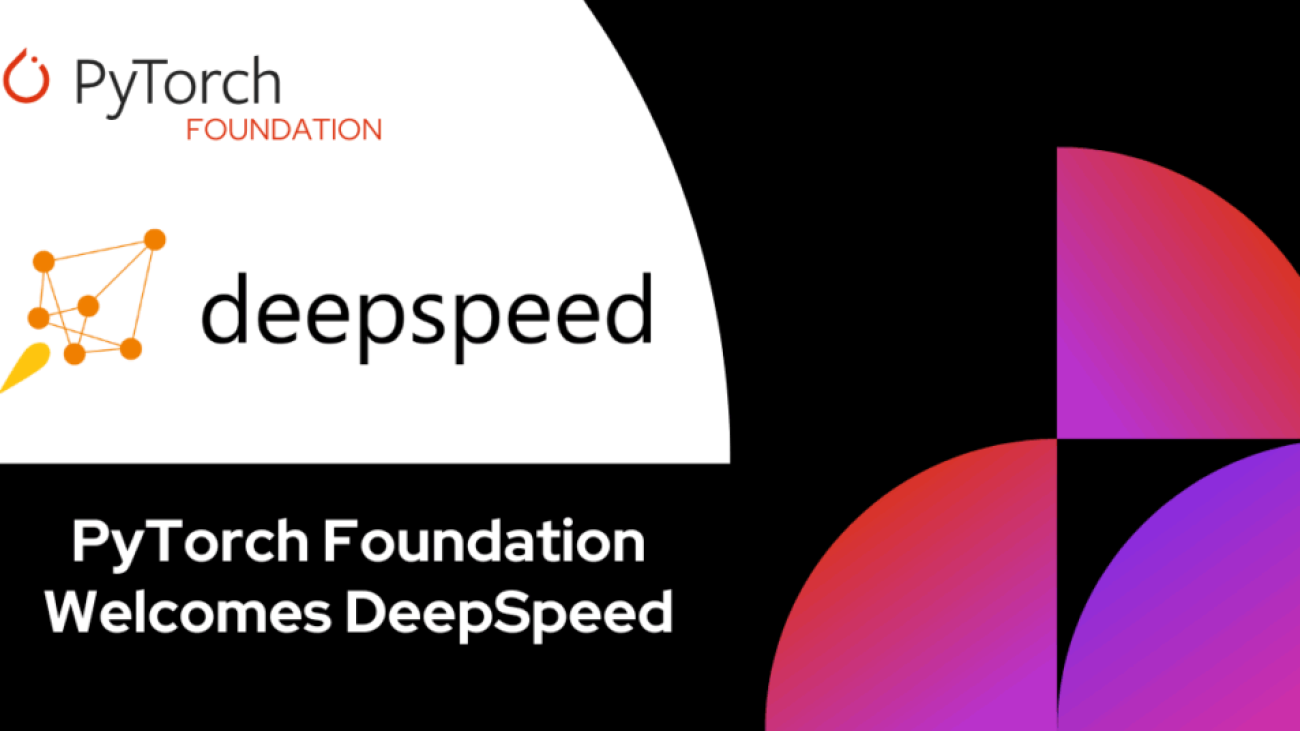

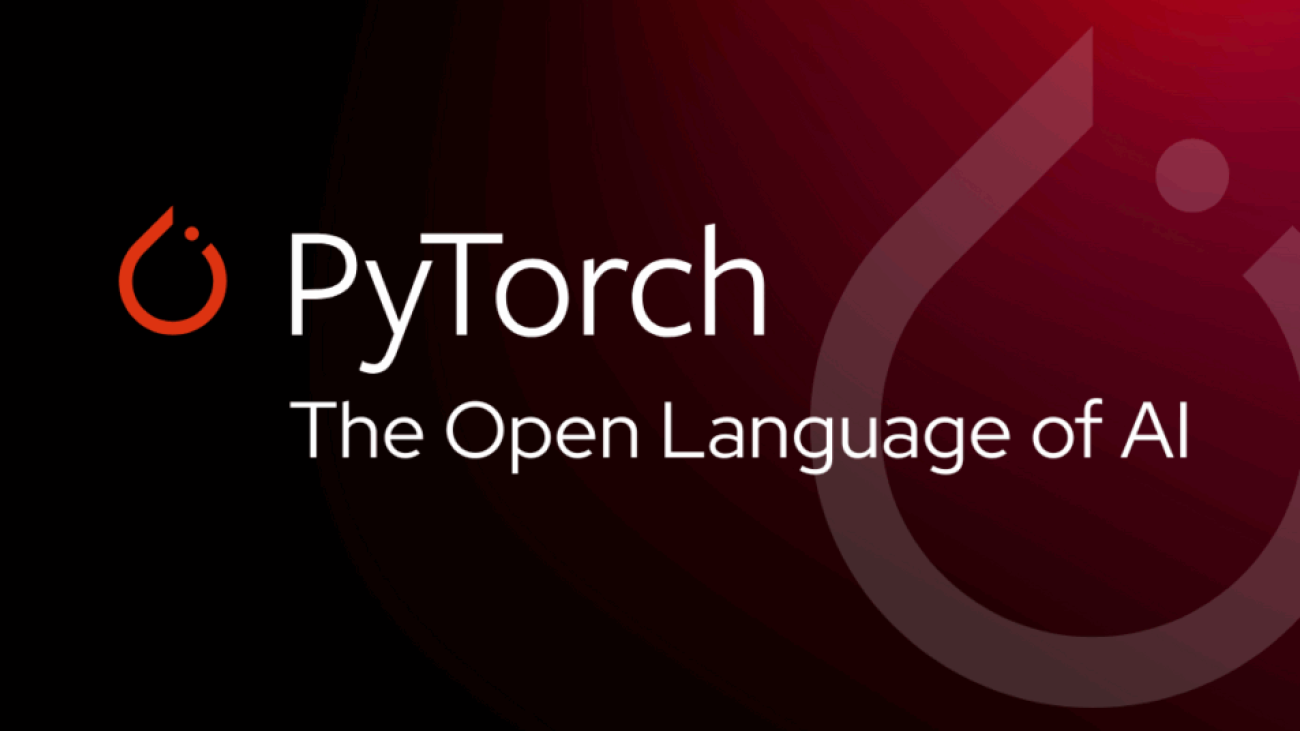
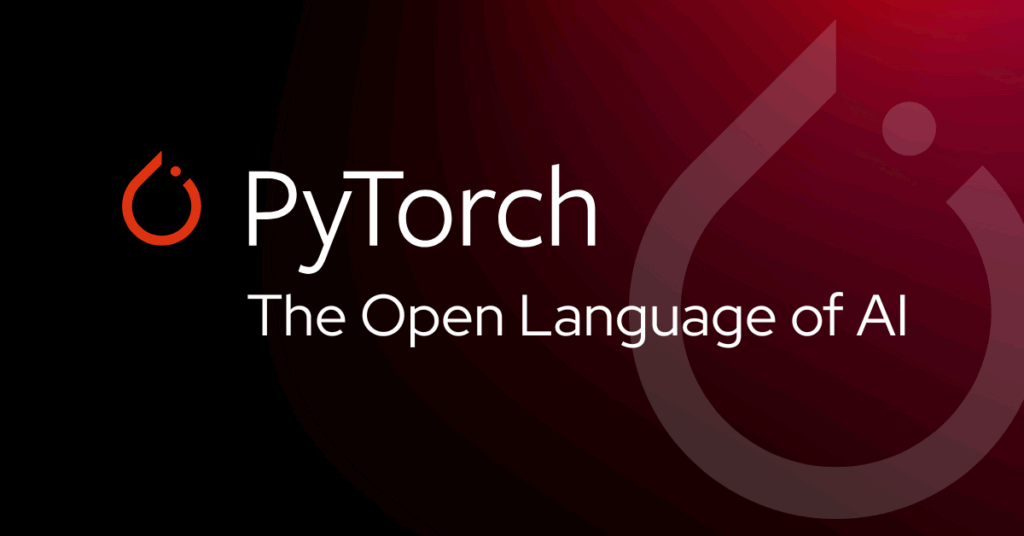


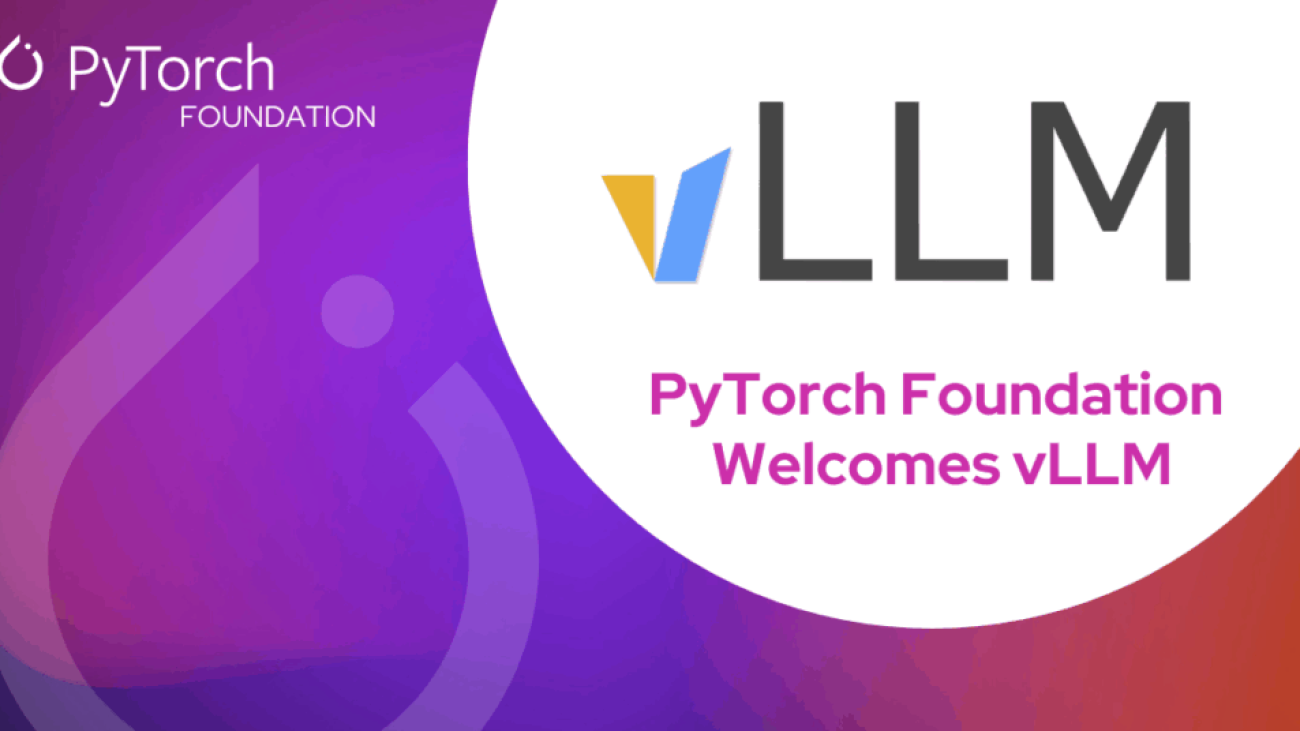
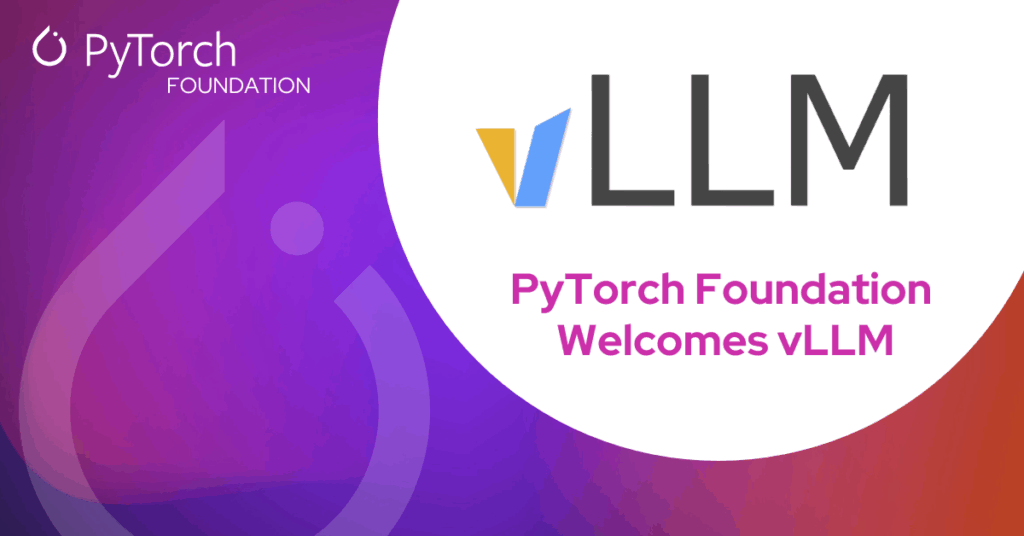










 Panel Talk & Q&A
Panel Talk & Q&A 








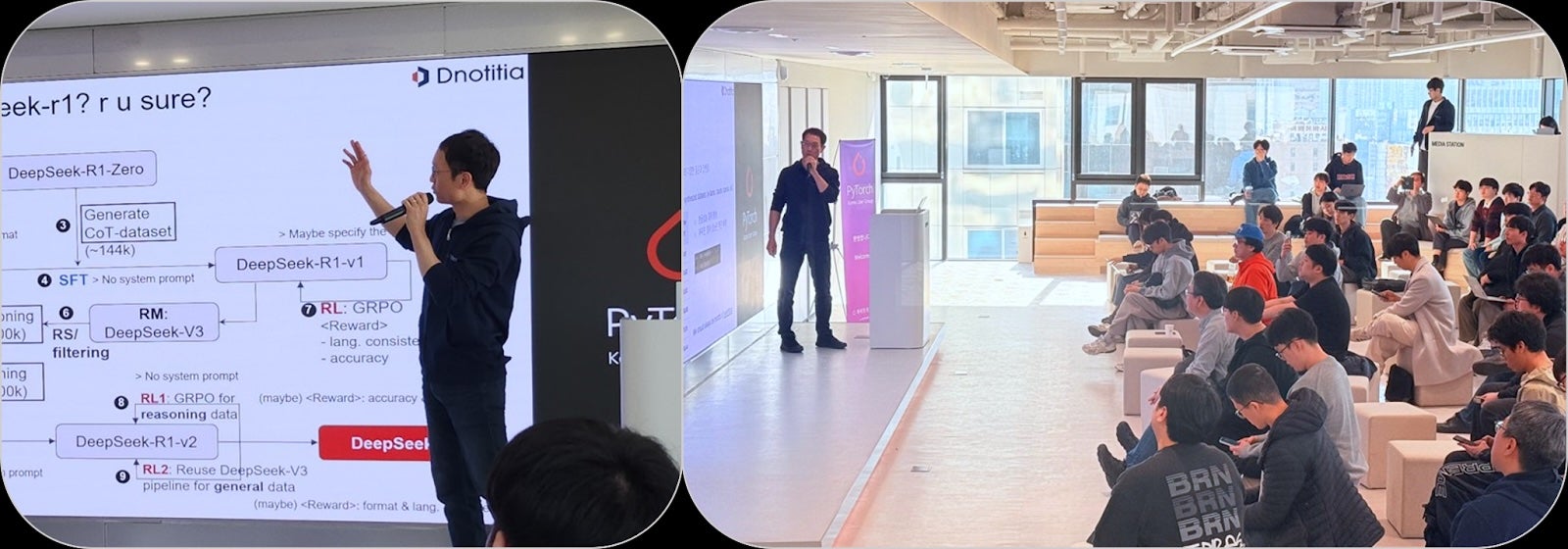
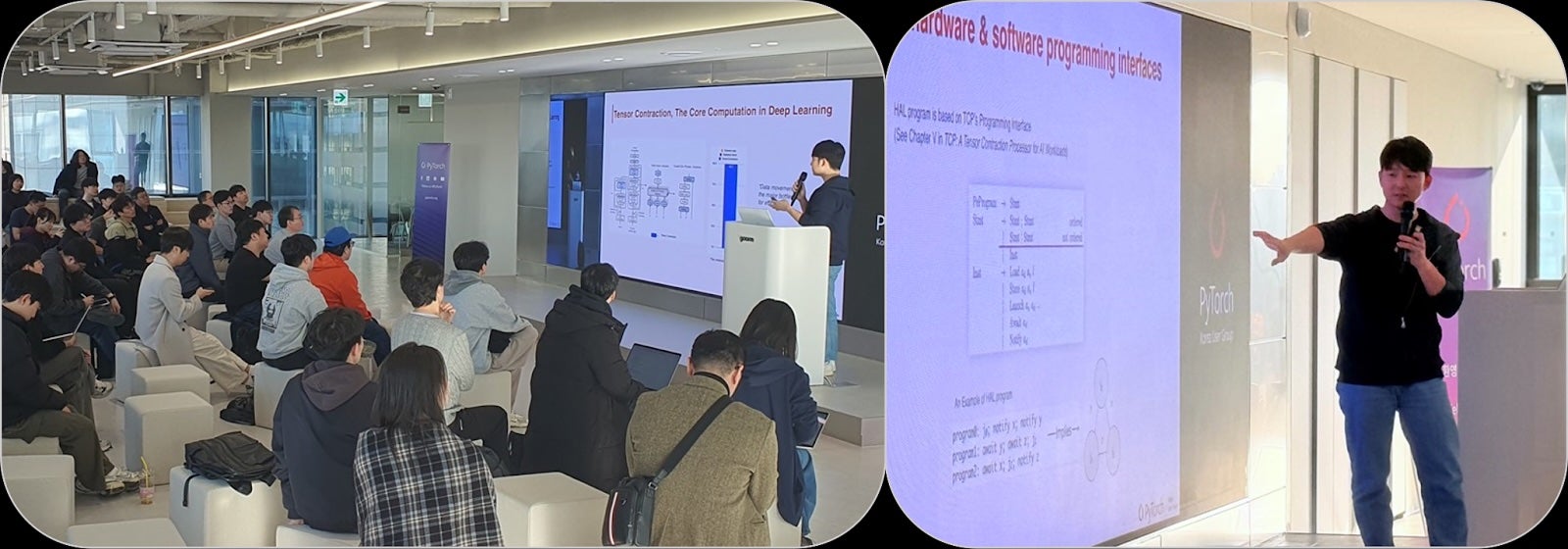


 A Major Milestone for the PyTorch Foundation
A Major Milestone for the PyTorch Foundation Registration Details
Registration Details Two events, one registration—double the sessions, double the innovation.
Two events, one registration—double the sessions, double the innovation. Featured Sessions
Featured Sessions
